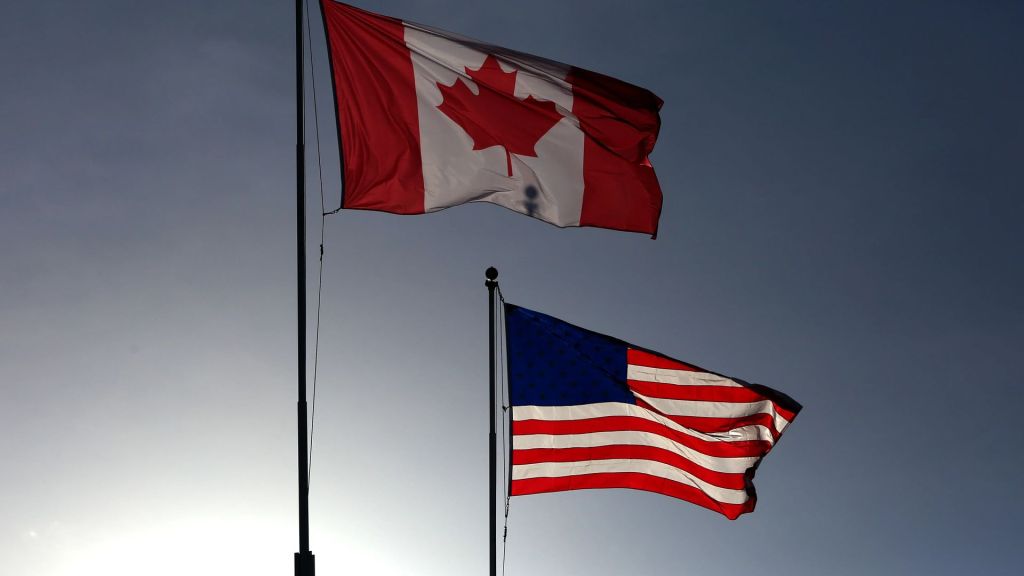[Kalé Carey]
THE PANDEMIC SHOOK UP THE STUDENT LOAN LANDSCAPE.
LOAN GROWTH, REPAYMENT RATES AND DELINQUENCY RATES HAVE ALL TAKEN A HIT, AND NOW THE FEDERAL RESERVE BANK OF NEW YORK SAYS ITS IMPACTING LOAN BORROWERS’ CREDIT SCORES.
CLOSE TO 9.7 MILLION BORROWERS HOLD 250 BILLION IN DELINQUENT DEBT–REACHING PRE PANDEMIC LEVELS AFTER PAYMENTS RESUMED.
THE FEDERAL RESERVE SAYS THIS SAME GROUP WILL SEE SIGNIFICANT DROPS IN THEIR CREDIT SCORES IN THE FIRST QUARTER OF 2025–AS HIGH AS A 150 POINT PLUNGE.
NOW THAT THE COVID-ERA PAUSE ON STUDENT LOAN PAYMENTS HAS ENDED, BORROWERS NO LONGER HAVE THE PROTECTION AGAINST THE FINANCIAL IMPACT OF MISSING PAYMENTS.
THE IMPACT ON CREDIT ACCESS WILL DEPEND ON WHO’S FALLING BEHIND ON PAYMENTS.
IF IT’S MOSTLY BORROWERS WITH LOWER CREDIT SCORES, THE IMPACT WILL BE SMALLER BECAUSE THEY ALREADY HAVE LIMITED CREDIT.
BUT IF HIGHER CREDIT BORROWERS MISS PAYMENTS, THE IMPACT COULD BE MUCH BIGGER—WITH LOWER CREDIT LIMITS, HIGHER INTEREST RATES AND LESS ACCESS TO CREDIT.
THE PANDEMIC FORBEARANCE HAD A HUGE IMPACT ON CREDIT SCORES—ESPECIALLY FOR BORROWERS WHO WERE ALREADY DELINQUENT OR IN DEFAULT.
DELINQUENCIES WILL START APPEARING ON CREDIT REPORTS AS BORROWERS WHO HAVE MISSED PAYMENTS HIT 90 DAYS PAST DUE.
THE BAN ON NEGATIVE CREDIT REPORTING FOR STUDENT LOANS ENDED IN SEPTEMBER 2024, MARKING THE END OF THE RELIEF PERIOD OFFERED UNDER THE BIDEN ADMINISTRATION.
THE 2025 FIRST-QUARTER REPORT ON HOUSEHOLD DEBT AND CREDIT TO SHOW A SIGNIFICANT JUMP IN STUDENT LOAN DELINQUENCY RATES. HOWEVER, THE FEDERAL RESERVE SAYS IT’S HARD TO PREDICT EXACTLY HOW MUCH.
FOR STRAIGHT ARROW NEWS I’M KALÉ CAREY.
MORE FACT BASED AND UNBIASED NEWS IS AVAILABLE RIGHT NOW ON THE STRAIGHT ARROW NEWS MOBILE.











